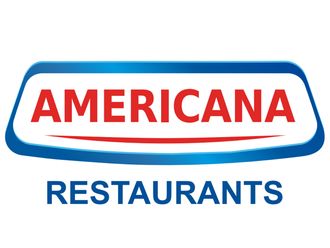
As the world awaits the much anticipated IPO from Snap Inc., online retailers are engaging the platform for e-commerce opportunities the company rolled out in the hope of capturing the younger demographic it boasts of.
Amid an explosion of retail initiatives on Facebook as well as Instagram, it is worth exploring the inroads that Snapchat has made and how local platforms can capitalise on these offerings.
SnapChat’s greatest USP lies in the fact that it has privacy offerings that other social media platforms do not. Given the ephemerality of its platform, users keep coming back for more because of a FOMO (fear of missing out). This has interesting applications for retail initiatives, as it means that video content is personalised to a greater extent, and, more importantly, is “fresh content”.
It is perhaps for this reason that video content downloads are greater in Snapchat than even on Facebook. Given the greater monetisation ability of video content, it is perhaps no surprise that Snapchat has buttressed this with “web auto fill” and “deep linking”, allowing customers a seamless experience of purchasing content with single click platforms while enjoying the content that is otherwise not available on Facebook or Instagram.
Additionally, given the fact that Snapchat has a younger demographic, both product and advertising categories can become “quirky”, allowing for the “long tail” phenomena to take root, start-ups to provide offerings that otherwise would cost a lot more on other social media channels.
From bespoke homemade candy to services such as customised tailoring, retailers have catapulted on this platform to engage with younger (and for the most part more affluent) demographic to showcase products and services at a more economical rate.
Larger brands have taken note as well; Burberry recently had its own Discover channel for 24 hours to promote Mr. Burberry, a new fragrance for men. Other experiments have included F&B takeout concepts, make-up accessories and apparel.
Despite being early days, response has been overwhelming, suggesting not only the latency of demand inherent in the demographic targeted by Snapchat, but equally the fact that millennials across income categories attach great credibility to the platform for their everyday lives.
In Dubai, the demand for curated content has meant Snapchat has rapidly emerged as a platform where retailers can experiment and engage with their audience in a variety of ways to increase sales channels. While this has been evidenced at the higher end of the market for a while now, it has created opportunities for SME content and product offerings in a cost-effective mechanism.
Especially as the platform’s popularity has been based on peers being there as well as the degree of “casual” content in marked contrast to other social media platforms. In Dubai, the adoption of such platforms implies that there will be an ever greater proliferation of sales channels that are not Web-based (especially since Snapchat, as well as Facebook and Instagram strongly encourage “in-app” purchasing).
Gone are the days when eCommerce was defined solely through website offerings. Rather, with the increasingly kaleidoscopic offerings of social media platforms, online retailers have struggled to understand and cope with the tectonic shift that has engulfed the industry.
And in most cases they have not succeeded in curating content to match the needs of the differing platforms. For smaller, and perhaps more nimble, retailers, the challenge is clear: increasingly customised content to adapt to the needs of the millennials across income groups in a manner that maximises the potential of the platform.
What this implies for e-commerce trends in Dubai is a continued proliferation of online businesses, with greater fragmentation before inevitable consolidation takes place. From clearance sales to ethnic-based content for specific categories, the time could never be better for the consumer, as convenience moves to the core of online retailing.
— The writer is head of retail operations at GCP Group.












